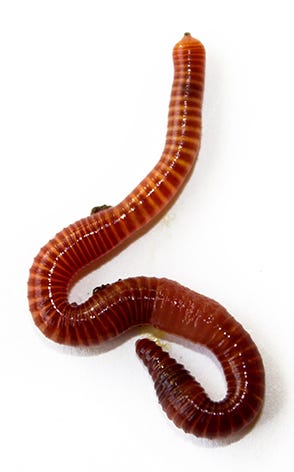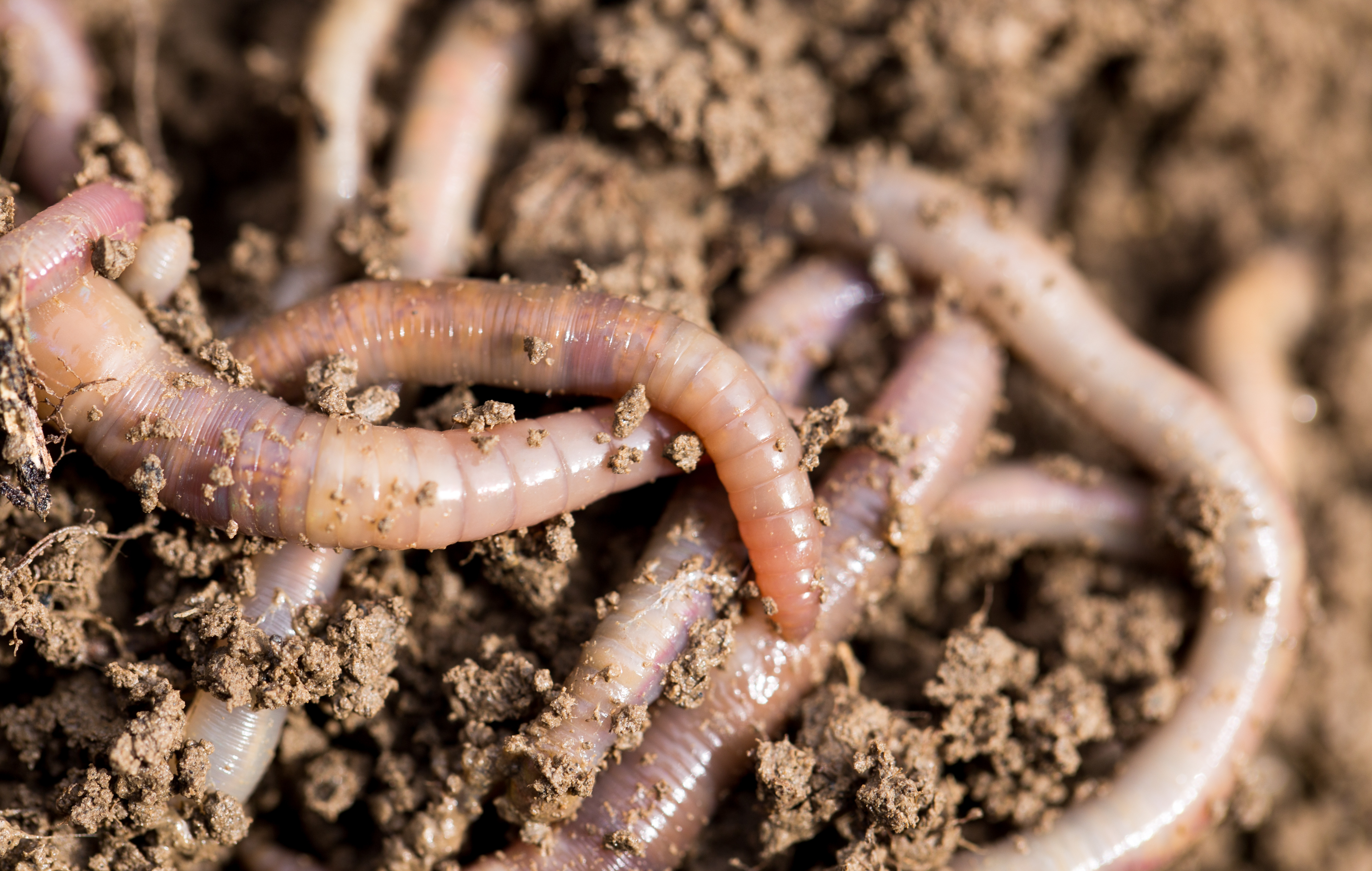Discover the Ultimate Guide to Red Wiggler Worms: Exactly How to Take care of, Type, and Harvest These Beneficial Creatures
Worldwide of sustainable horticulture and composting, red wiggler worms are regarded as very useful allies as a result of their capacity to damage down raw material successfully and produce nutrient-rich spreadings. Recognizing the intricacies of taking care of these tiny yet mighty creatures, understanding the art of reproducing them, and discovering the optimum means to gather their castings can significantly boost the health of your soil and plants. As we embark on this trip to explore the best guide to red wiggler worms, we will reveal functional tips, professional insights, and cutting-edge techniques that will certainly not just profit your garden yet also grow your appreciation for these useful soil-dwellers.
Establishing Your Red Wiggler Environment
When preparing to set up your red wiggler environment, attention to information and proper preparation are important. Creating a suitable atmosphere for your red wigglers is crucial for their wellness and reproduction. Begin by choosing a nontransparent and spacious container to house your worms, ensuring it has proper air flow to keep airflow. Drill little holes in the lid and sides to avoid moisture accumulation and allow for oxygen circulation.
Next, line all-time low of the container with a layer of moistened bed linen materials such as shredded newspaper, cardboard, or coconut coir. This bedding supplies a comfy space for the worms to tunnel and helps keep dampness degrees within the environment. Present your red wigglers to their brand-new home by gently placing them on top of the bedding.
To develop a suitable living atmosphere, add food scraps such as fruit and vegetable peels, coffee premises, and eggshells frequently. Prevent acidic or hot foods, dairy products, meat, and oils, as these can damage your worms. Cover the food scraps with added bedding to avoid fruit flies and smells. By adhering to these actions, you can make certain a growing habitat for your red wiggler worms.
Important Care Tips for Red Wigglers
To guarantee the wellness and durability of your red wiggler worms, it is crucial to apply necessary treatment suggestions that match the thorough configuration of their environment. Keep proper moisture degrees in the worm bin by consistently checking and adjusting the bed linen.

The Art of Red Wiggler Breeding
How can red wiggler dog breeders maximize the reproduction process to preserve a healthy and balanced and successful worm population? To improve reproducing success, breeders ought to guarantee that the worm bin environment continues to be wet, oxygenated, and rich in organic matter.
To encourage breeding and egg-laying, it is necessary to keep track of the temperature within the worm bin. Red wigglers choose temperatures in between 55-77 ° F(13-25 ° C )for ideal breeding conditions. Red Wiggler Worms. Additionally, staying clear of severe temperature changes and offering a dark and undisturbed setting can stimulate the worms' reproductive activities

Harvesting and Making Use Of Worm Spreadings
Maximizing the recreation process and keeping a healthy and balanced worm populace via effective reproduction establishes the stage for red wiggler dog breeders to take advantage of the beneficial source of worm castings. Harvesting worm castings, additionally understood go to this web-site as vermicompost, is an important action in the red wiggler worm farming process. These nutrient-rich spreadings are a powerful natural fertilizer that can improve soil quality, improve plant development, and enhance plant yields.
To gather worm castings, you can use various approaches. One typical strategy is to produce separate feeding areas in the worm container, he has a good point enticing the worms to move to brand-new bed linen by concentrating food in one location. After the worms have moved, the spreadings can be gathered from the vacated area. One more approach includes spreading the materials of the container in a thin layer under brilliant light; worms will delve much deeper into the heap, allowing for the simple removal of the spreadings from the top.
Using these worm castings in your garden or farming ventures can substantially benefit plant wellness and soil fertility, making the initiative of harvesting them a satisfying facet of red wiggler worm farming.
Troubleshooting Common Red Wiggler Issues
When analyzing red wiggler worm farms, breeders may encounter typical problems that call for troubleshooting to preserve the health and efficiency of their worm populace. One prevalent problem is overfeeding, which can bring about a buildup of uneaten food and excess wetness in the worm container. This can cause foul odors, bring in bugs, and potentially hurting the worms. To treat this, reduce the feeding amount and frequency up until the worms capture up with the available food.
One more concern breeders might deal with is the visibility of mites in their worm bins (Red Wiggler Worms). While some mites are harmless, an overpopulation can indicate a discrepancy in the container's setting. To address this, adjust the wetness degrees by including more bed linen products like shredded newspaper or cardboard to develop a drier habitat that is less positive for termites
Last but not least, if worms are trying to get away the container, it can signal unfavorable conditions such as level of acidity or high temperatures. Check the pH levels of the bedding and guarantee proper ventilation to control temperature and wetness levels within the worm farm.
Verdict
To conclude, red wiggler worms are valuable animals that can profit your yard or compost bin. By providing them with a suitable environment, correct care, and understanding their breeding behaviors, you can maximize their potential. Harvesting their nutrient-rich castings can enhance soil fertility and plant development. Be attentive to usual concerns that may develop and address them without delay to ensure the wellness and performance of your red wiggler population.
Keep the worm container in a suitable area away from straight sunlight and severe temperatures to supply a comfy living atmosphere for your red wigglers.
Optimizing the recreation process and maintaining a healthy worm population via effective breeding establishes the stage for red wiggler breeders to utilize the important source of worm castings. Collecting worm spreadings, likewise known as vermicompost, is a critical step in the red wiggler worm farming procedure. One common strategy is to produce different feeding zones in the worm bin, luring the worms to migrate to new bed linen by focusing food in one area.When analyzing red wiggler worm farms, dog breeders might Continue come across usual issues that call for troubleshooting to maintain the health and wellness and performance of their worm populace.